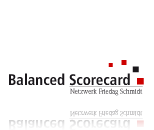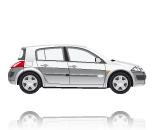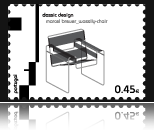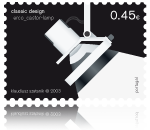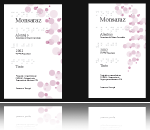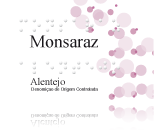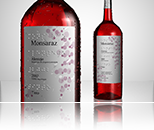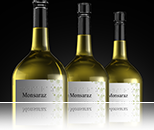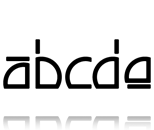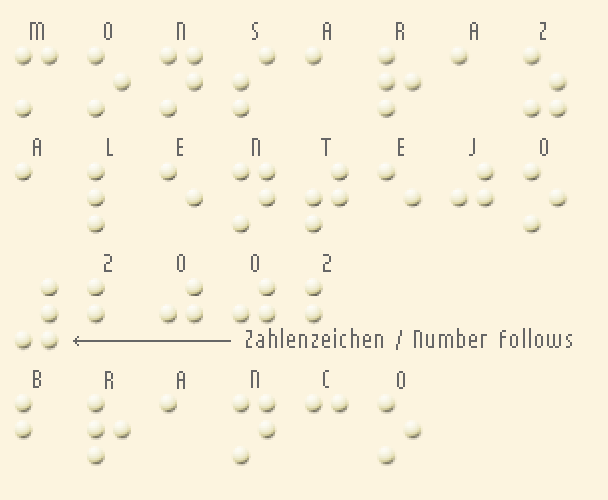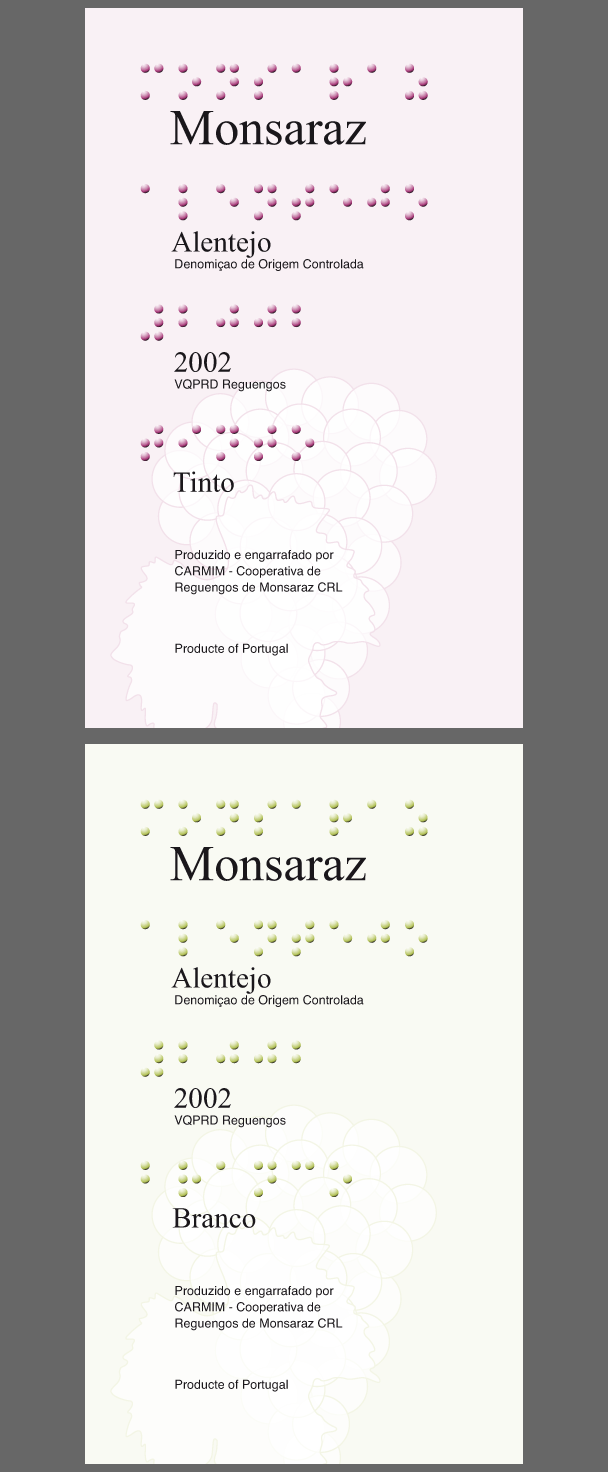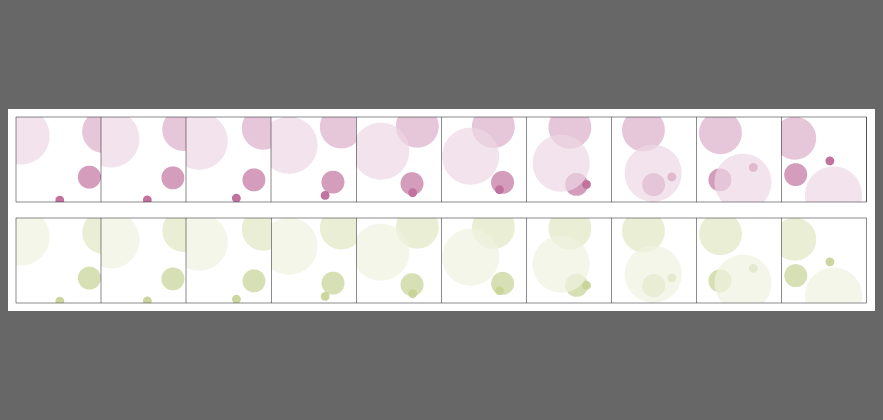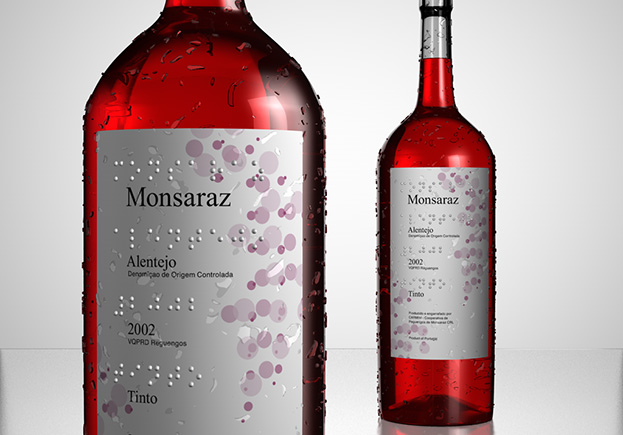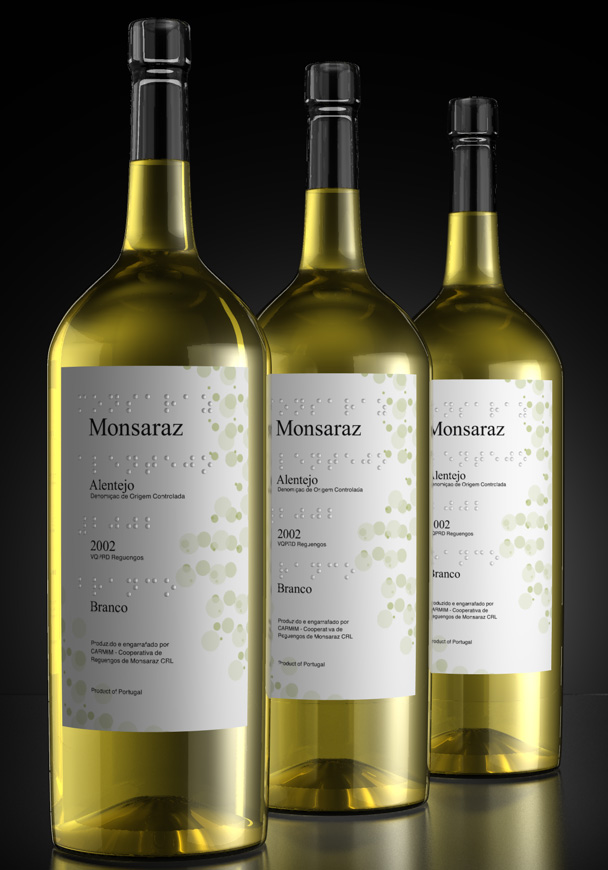/ Graphic / Illustration / Portugal Exchange projects

After escaping from the cold Berlin I found myself in the warm capitol of Portugal, Lisbon. Seizing the opportunity to study in a foreign country for one semester I chose Portugal because on the one hand I wanted to stay geographically near home but on the other hand I was almost sure that Portugal with its colonial legacy would offer me a huge cultural diversity that is very unique in Europe. And I should not become disappointed. Portugal became my third home country after Poland and Germany and is still my passion.
Of course exploring the Portuguese, Brazilian, African (in Portugal there are people from old colonies like: Angola, Mozambique, Cape Verde, Guinea-Bissau and São Tomé and Príncipe), Italian and French culture (those were people I met and lived with) was my main job but there were also some school obligations which had to be met.
I attended classes in photography, design and drawing.
Especially the photography course was very interesting. I had to build a 'machina obscura' myself and experimented a lot with this kind of camera in order to sensibilize my vision to light.
Drawing was very interesting too. We had many naked models to draw besides the teachers methods to explain drawing techniques were very different from my home school's prof.
Design projects were also different, e.g. they handled advertising of products to a much greater extent than in my home university.
But what I am really proud of is the fact that eventually I was able to overcome the usual status of a tourist and find native friends with whom I am still in contact.
Glossary
-
Portugal
Portugal, officially the Portuguese Republic (Portuguese: Republica Portuguesa), is a country located in southwestern Europe on the Iberian Peninsula. Portugal is the westernmost country of mainland Europe and is bordered by the Atlantic Ocean to the west and south and by Spain to the north and east. The Atlantic archipelagos of the Azores and Madeira are also part of Portugal. The land within the borders of today's Portuguese Republic has been continuously settled since prehistoric times. Gallaeci, Lusitanians, Celtici, Cynetes, Phoenicians, Carthaginians, Romans and many Germanic tribes such as the Suevi, the Buri and the Visigoths, all left their influence on what is today Portuguese territory. The territory was integrated in the Roman Empire as the province of Lusitania and Roman settlers strongly influenced Portuguese culture, particularly the Portuguese language, mostly derived from Latin. In the 5th century, after the fall of the Roman empire, it was occupied by different Germanic tribes. In the early 8th century the Muslim Moors conquered the Christian Germanic kingdoms, occupying most of the Iberian Peninsula. Later, during the Christian Reconquista (Reconquering), the County of Portugal was settled, as part of the Kingdom of Galicia. Portugal emerged during the 12th century from this brief earldom and would establish almost its entire modern-day borders in 1249. During the 15th and 16th centuries, with a global empire that included possessions in Africa, Asia, and South America, Portugal was one of the world's major economic, political and military powers. In 1580 it was united with Spain by a period called the Iberian Union; however, in 1640 it went on to re-establish total sovereignty and independence during the Portuguese Restoration War that resulted in the establishment of a new dynasty and a return to the previous separation between the two crowns and empires. The 1755 Lisbon earthquake, Spanish and French invasions, which preceded the loss of its largest territorial possession abroad, Brazil, resulted in both the disruption of political stability and potential economic growth as well as the reduction of Portugal's international status as a global power during the 19th century. After the overthrow of the monarchy in 1910, a republic was established that was then followed by a dictatorship. With the Portuguese Colonial War and the Carnation Revolution coup d'état in 1974, the ruling dictatorship was deposed in Lisbon and the country handed over its last overseas provinces (most prominently Angola and Mozambique in Africa); the last overseas territory, Macau, was handed over to China in 1999. Portugal is a developed country [5] and it has the world's 19th highest quality-of-life, according to The Economist Intelligence Unit. It is the 14th most peaceful and the 13th most globalized country in the world. It is a member of the European Union (joined the then EEC in 1986, leaving the EFTA where it was a founding member in 1960) and the United Nations; as well as a founding member of the Latin Union, the Organization of Ibero-American States, OECD, NATO, Community of Portuguese Language Countries, the European Union's Eurozone, and also a Schengen state.
Please read on further information at wikipedia.org
-
Lisbon
Lisbon (Lisboa) is the capital and largest city of Portugal. It is considered an alpha global city and is the seat of the district of Lisbon and the main city of the Lisbon region. Its municipality, which matches the city proper excluding the larger continuous conurbation, has a municipal population of 564,477 in 84.8 km2 (33 sq mi), while the Lisbon Metropolitan Area in total has around 2.8 million inhabitants, and 3.34 million people live in the broader agglomeration of Lisbon Metropolitan Region (includes cities ranging from Leiria to Setúbal).[2] Due to its economic output, standard of living, and market size, the Grande Lisboa (Greater Lisbon) subregion is considered the second most important financial and economic centre in the Iberian Peninsula.[3] The Lisbon region is the wealthiest region in Portugal and it is well above the European Union's GDP per capita average – it produces 37% of the Portuguese GDP. It is also the political centre of the country, as seat of government and residence of the Head of State. The city was under Roman rule from 205 BC, when it was already a 1000 year old town. Julius Caesar made it a municipium called Felicitas Julia, adding to the name Olissipo. Ruled by a series of Germanic tribes from the 5th century, it was captured by Moors in the 8th century. In 1147, the Crusaders under Afonso Henriques reconquered the city for the Christians and since then it has been a major political, economic and cultural center of Portugal. Unlike most capital cities, Lisbon's status as the capital of Portugal has never been granted or confirmed officially – by statute or in written form. Its position as the capital has formed through constitutional convention, making its position as de facto capital a part of the Constitution of Portugal. Lisbon hosts two agencies of the European Union, namely, the European Monitoring Centre for Drugs and Drug Addiction (EMCDDA) and the European Maritime Safety Agency (EMSA). The Community of Portuguese Language Countries (CPLP), is also headquartered in Lisbon.
Please read on further information at wikipedia.org
-
Alentejo
Alentejo is a south-central region of Portugal. Its name's origin, "Além-Tejo", literally translates to "Beyond the Tagus" or "Across the Tagus". The region is separated from the rest of Portugal by the Tagus river, and extends to the south where it borders the Algarve. Alentejo is a region known for its polyphonic singing groups, comparable to those found on Sardinia and Corsica. Its main cities are Évora (region's capital), Santarém (formerly belonging to Ribatejo region), Portalegre, Beja, and Sines. Being a traditional region, it is also one of the more recent seven Regions of Portugal (NUTS II subdivisions). Today Lezíria do Tejo subregion, formerly belonging to Lisboa e Vale do Tejo region, is part of Alentejo NUTS II region.
Please read on further information at wikipedia.org
-
português
Portuguese is a Romance language that originated in what is now Galicia and northern Portugal. It is derived from the Latin spoken by the romanized pre-Roman peoples of the Iberian Peninsula (namely the Gallaeci, the Lusitanians, the Celtici and the Conii) around 2000 years ago. It spread worldwide in the 15th and 16th centuries as Portugal established a colonial and commercial empire (1415–1999) which spanned from Brazil in the Americas to Goa and other parts of India, Macau in China and Timor (north of Australia). It was used as the exclusive lingua franca on the island of Sri Lanka for almost 350 years. During that time, many creole languages based on Portuguese also appeared around the world, especially in Africa, Asia, and the Caribbean. Today it is one of the world's major languages, ranked seventh according to number of native speakers (between 205 and 230 million). It is the language of about half of South America's population, even though Brazil is the only Portuguese-speaking nation in the Americas. It is also a major lingua franca in Portugal's former colonial possessions in Africa. It is an official language in nine countries (see the table on the right), also being co-official with Cantonese Chinese in Macau and Tetum in East Timor. There are sizeable communities of Portuguese speakers in various regions of North America, notably in the United States (New Jersey, New England, California and south Florida) and in Ontario, Canada. In various aspects, the system of sounds in Portuguese is more similar to the phonologies of Catalan or French than, say, those of Spanish or Italian. Spanish author Miguel de Cervantes once called Portuguese "the sweet language", Lope de Vega referred to it as "suave" [7] while Brazilian writer Olavo Bilac poetically described it as a última flor do Lácio, inculta e bela: "the last flower of Latium, wild and beautiful". Portuguese is also termed "the language of Camões", after one of Portugal's best known literary figures, Luís Vaz de Camães.
Please read on further information at wikipedia.org
-
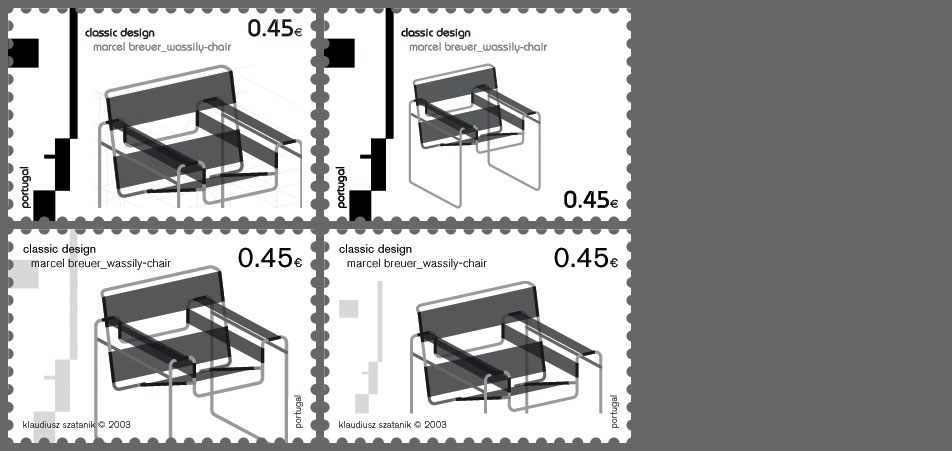
Stamps «Bauhaus»: variations
Four different variations of the theme "Classic Design: Bauhaus"
-
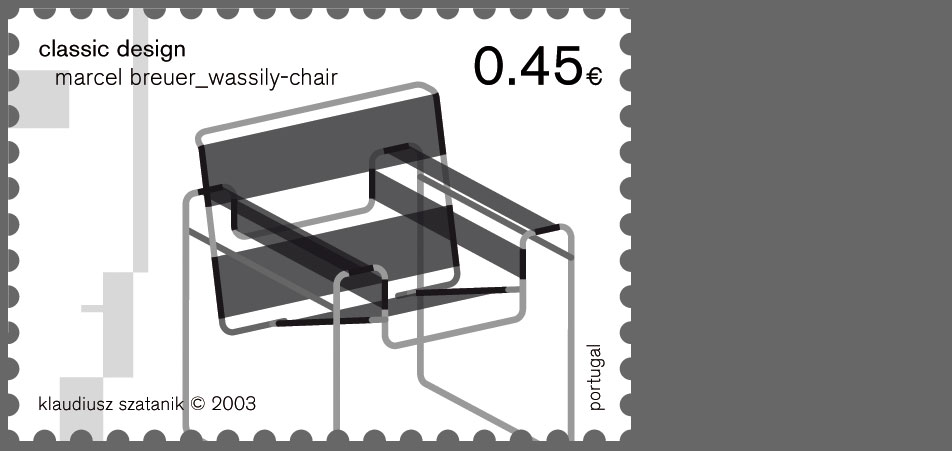
Stamps «Bauhaus»: choice
I took the stamp with "Akzidenz Grotesk" font
-
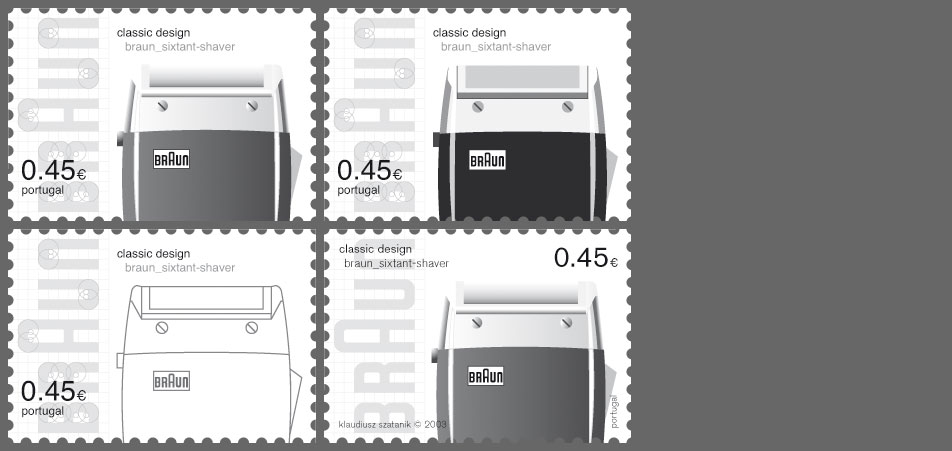
Stamps «Braun»: variations 1
Four different variations of the theme "Classic Design: Braun"
-
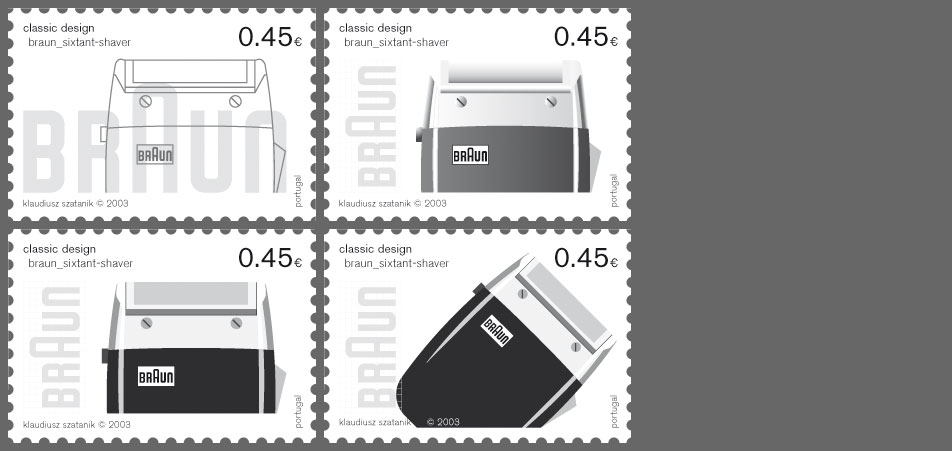
Stamps «Braun»: variations 2
Four different variations of the theme "Classic Design: Braun"
-
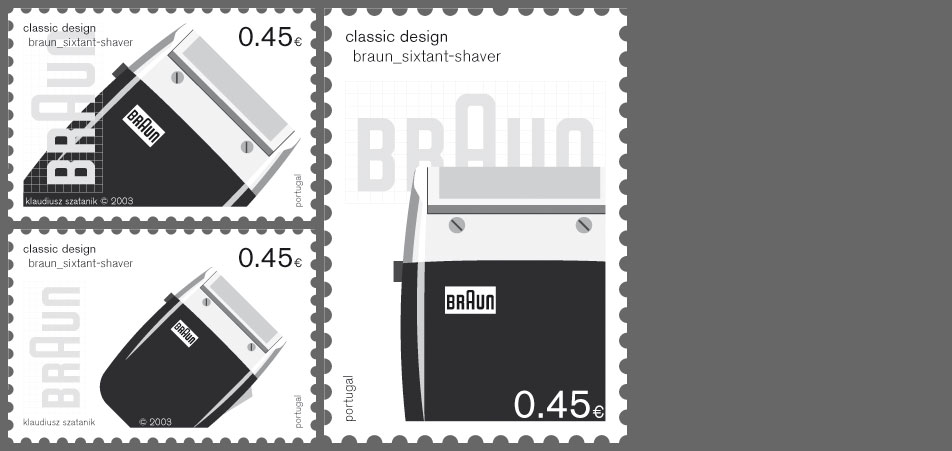
Stamps «Braun»: variations 3
Four different variations of the theme "Classic Design: Braun"
-
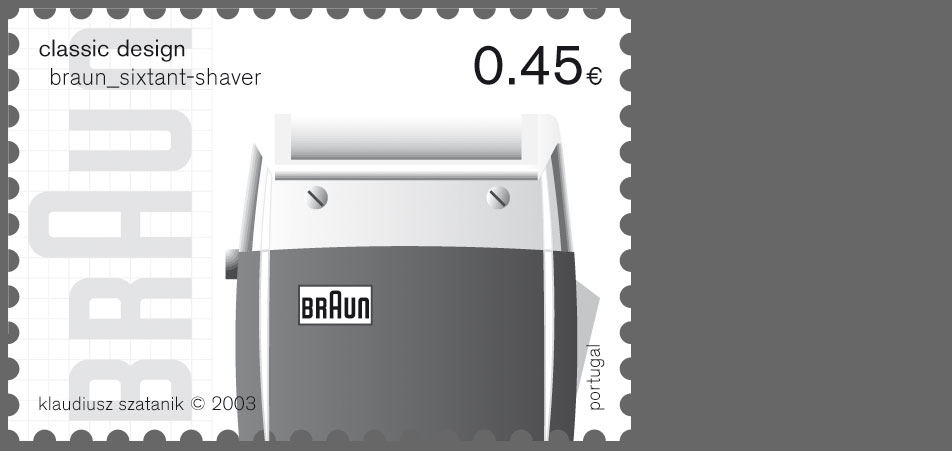
Stamps «Brauns»: choice
To keep it in line with the "Bauhaus" stamp the decision once again felt on "Akzidenz Grotesk" and the colors of the subject try to follow a similar visual encoding.
-
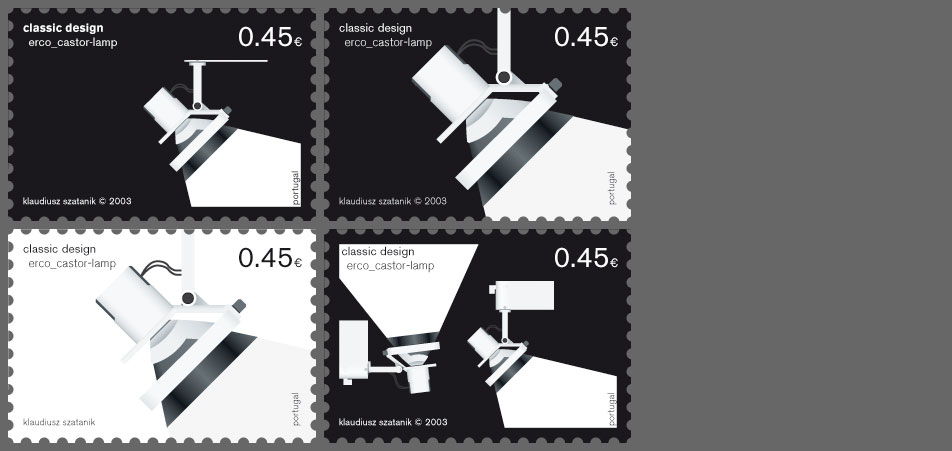
Stamps «Erco»: variations 1
Four different variations of the theme "Classic Design: Erco"
-
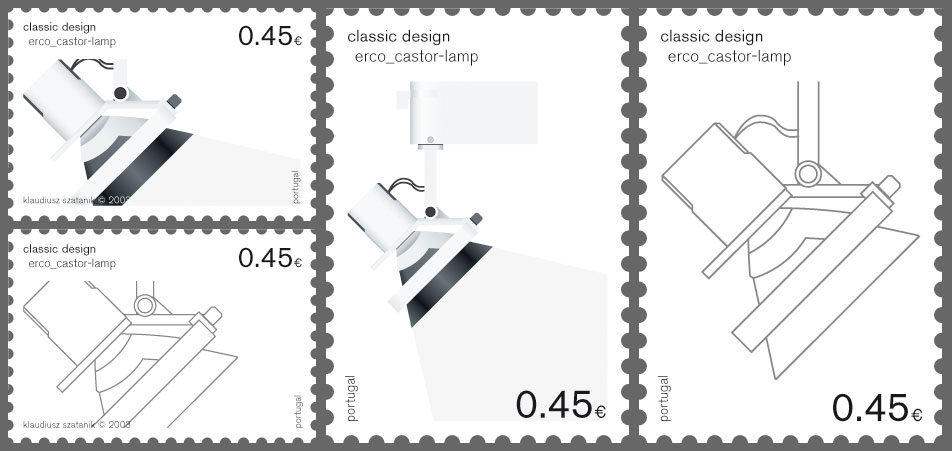
-
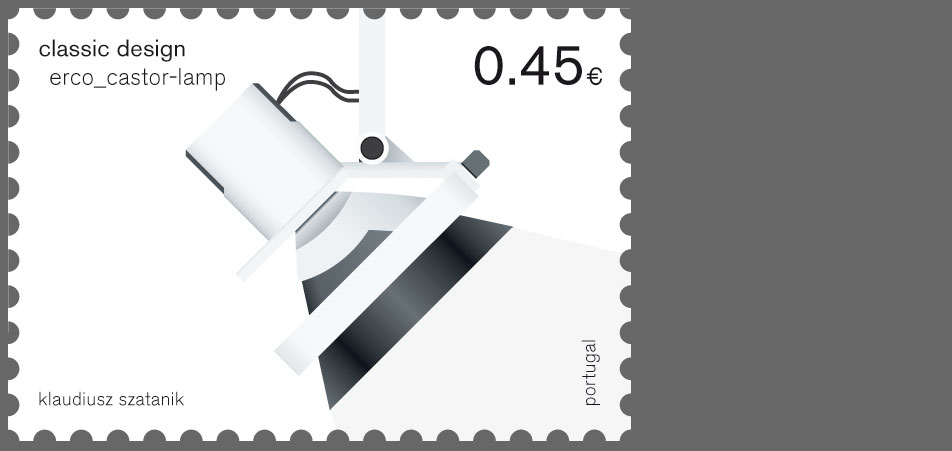
Stamps «Erco»: choice
The choice felt on this one then but nowadays I am not sure if I wouldn't take one of the "negatives" (those with the black background, the inverted) which emphasize much more the light aspect.
-
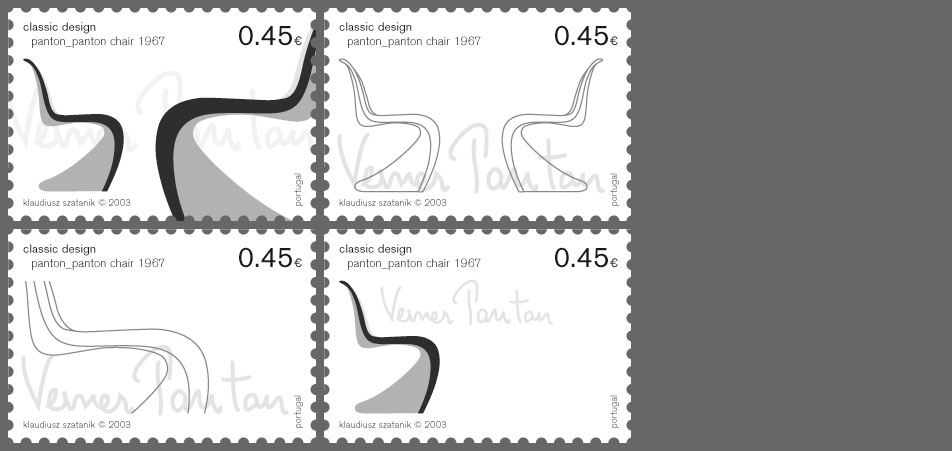
Stamps «Panton - Panton Chair»: variations 1
Four different variations of the theme "Classic Design: Panton Chair"
-
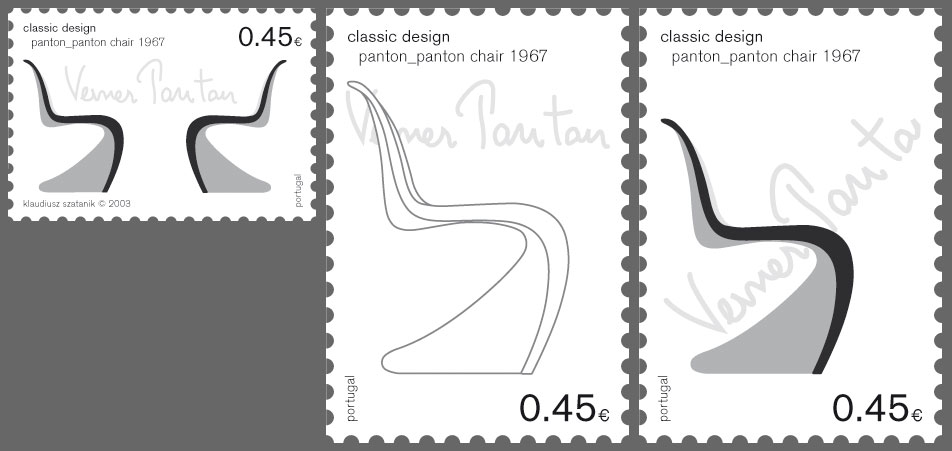
-
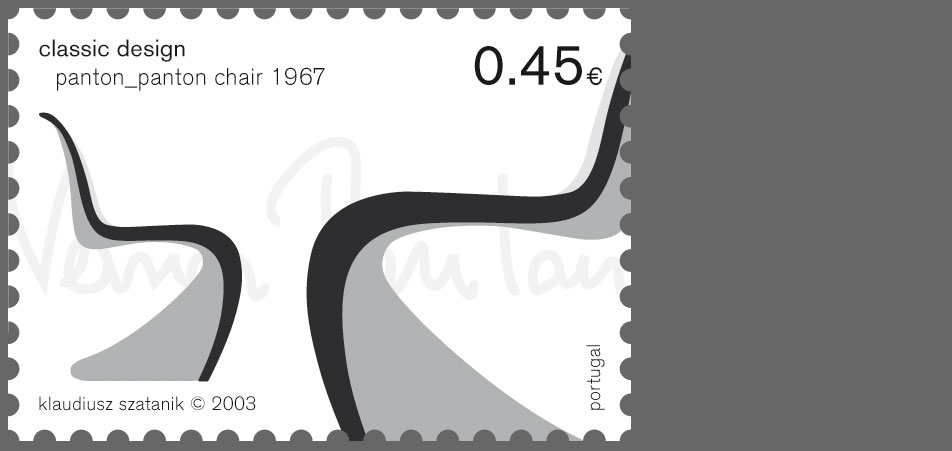
Stamps «Panton - Panton Chair»: choice
Another aspect in deciding which one to choose for the "family" was the fact that the subject crosses the borders of the stamp giving the whole a more dynamic note.
-
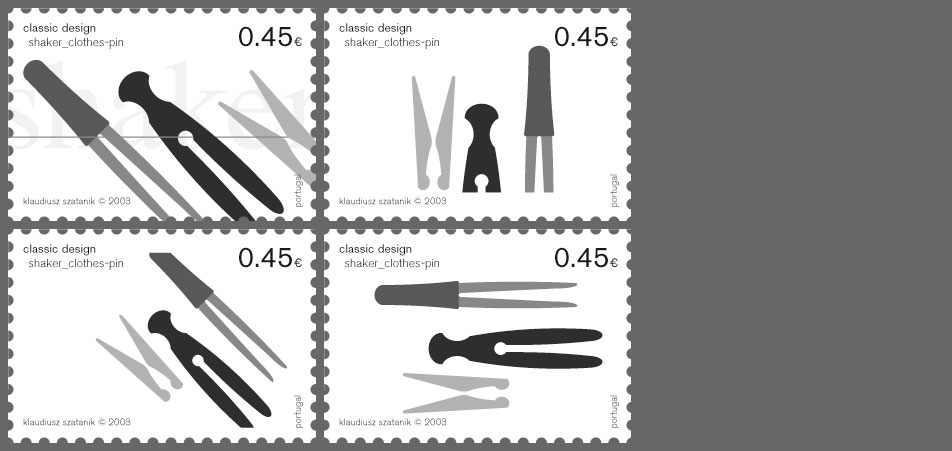
Stamps «Shaker - Clothespin»: variations 1
Four different variations of the theme "Classic Design: Shaker Clothespin"
-
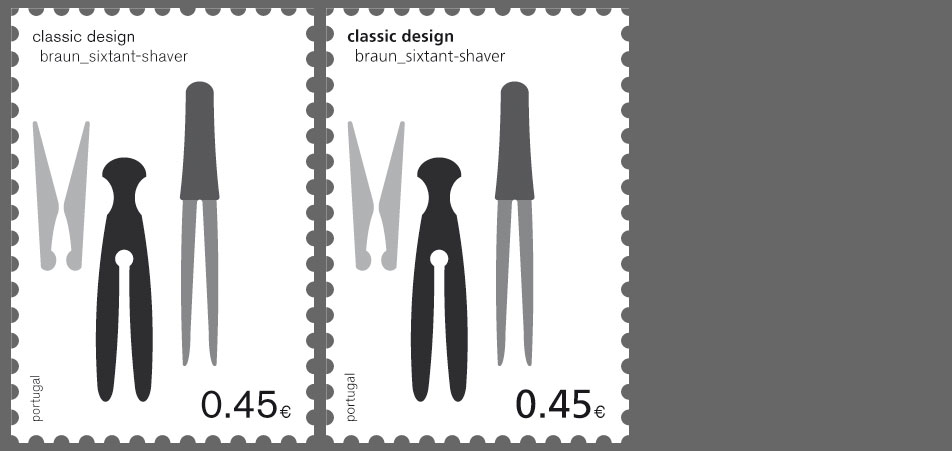
Stamps «Shaker - Clothespin»: variations 2
Font comparison:
"Akzidenz Grotesk" on the left side
"Frutiger" on the right side -
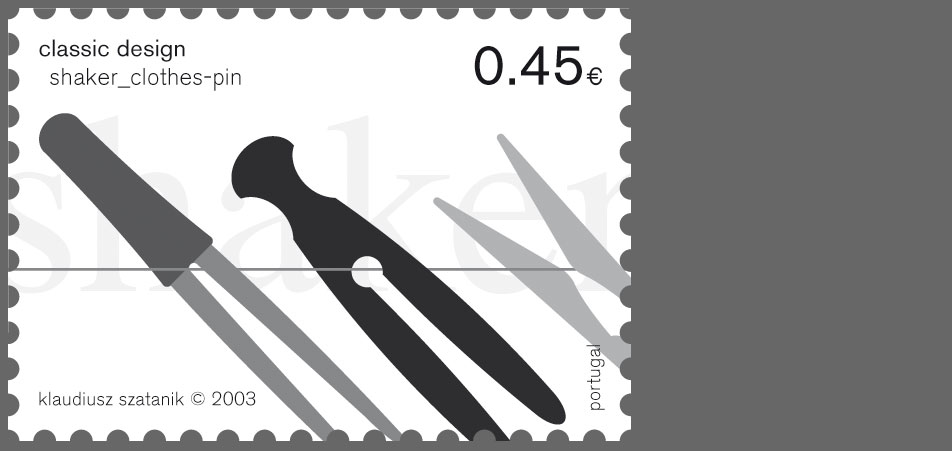
Stamps «Shaker - Clothespin»: choice
Clothes-pins hanging on a clothesline was nothing but consequent, wasn't it? :)
-
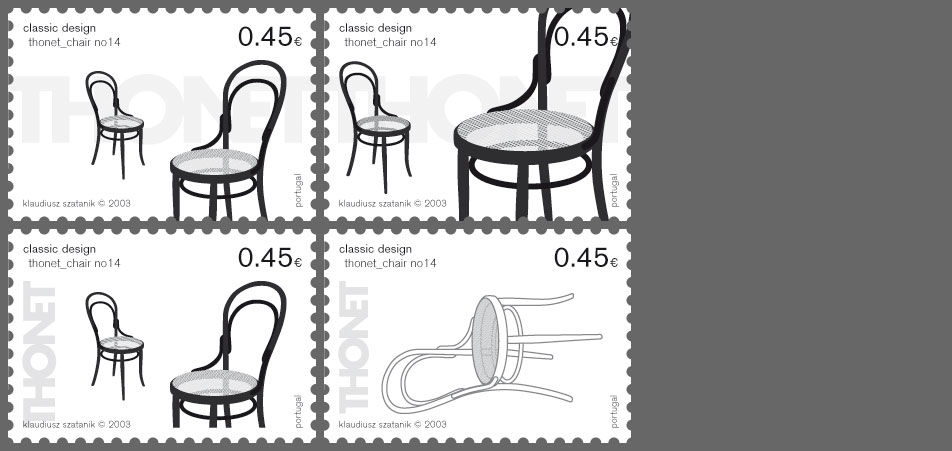
Stamps «Thonet - Chair No.14»: variations 1
Four different variations of the theme "Classic Design: Thonet Chair"
-
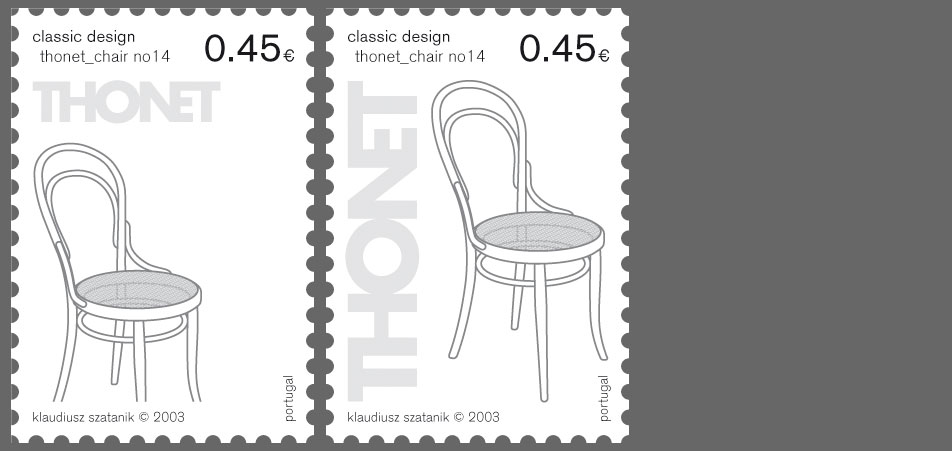
Stamps «Thonet - Chair No.14»: variations 2
Four different variations of the theme "Classic Design: Thonet Chair"
-
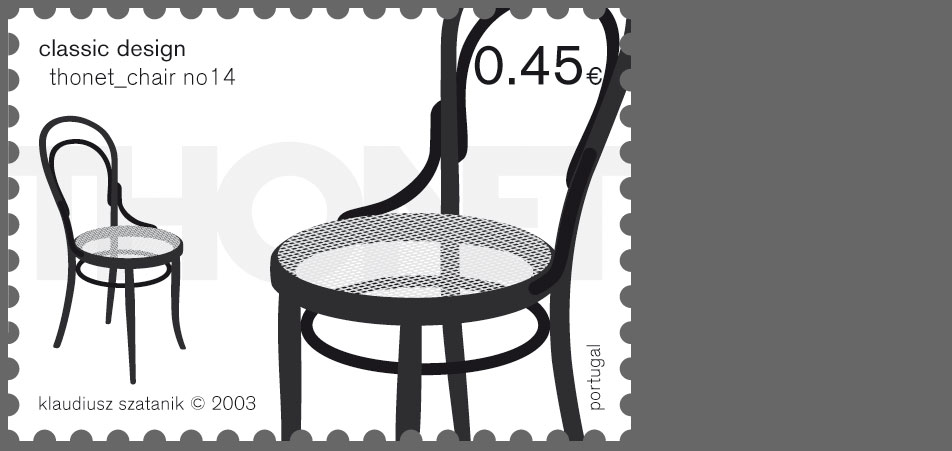
Stamps «Thonet - Chair No.14»: choice
"Akzidenz Grotesk", no outlines, clipping border
-
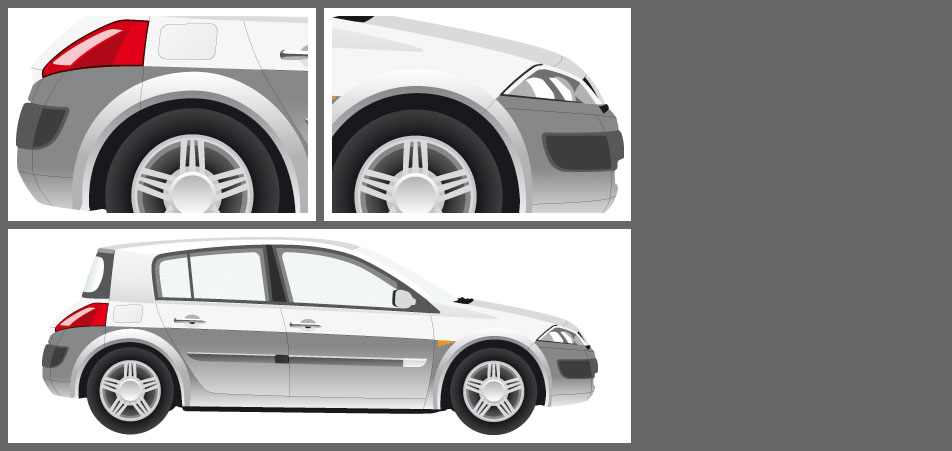
Advertising for the "Renault Megane 2003": first element
After short brainstorming I decided that the main subjects in this advertising campaign would be the car itself and a dummy.
Here the final illustration of the car: -
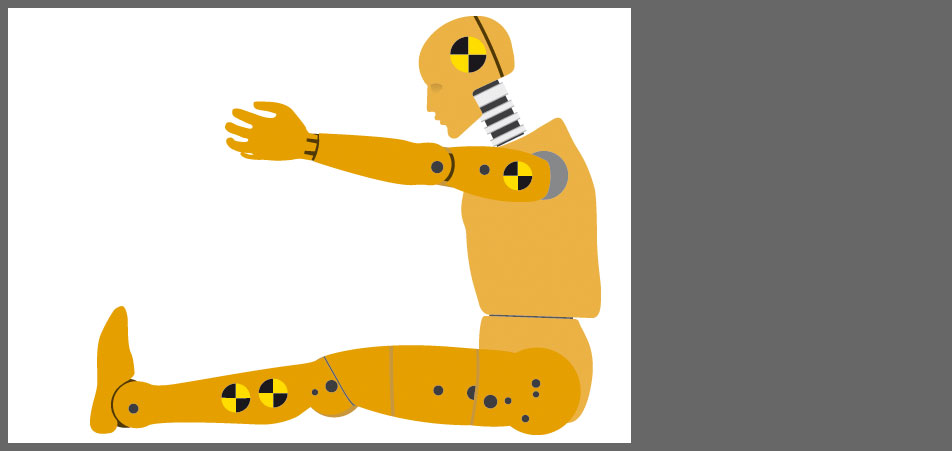
Advertising for the "Renault Megane 2003": second element
Final illustration of the dummy:
-
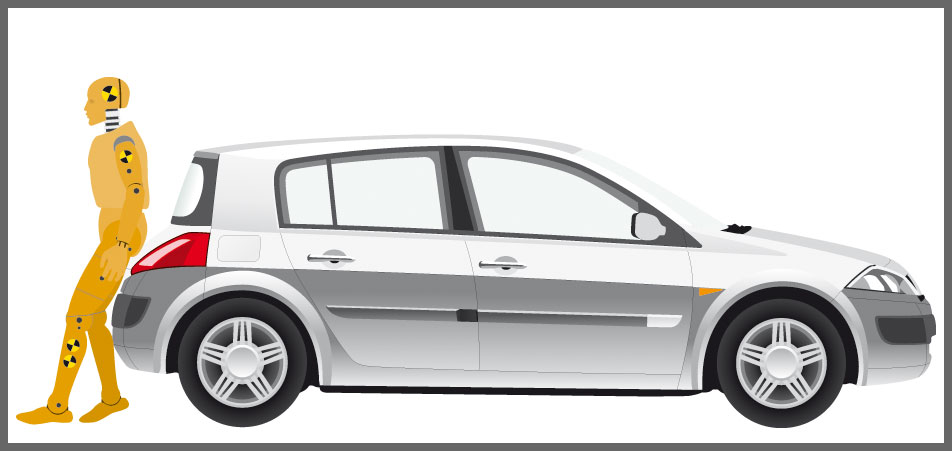
-
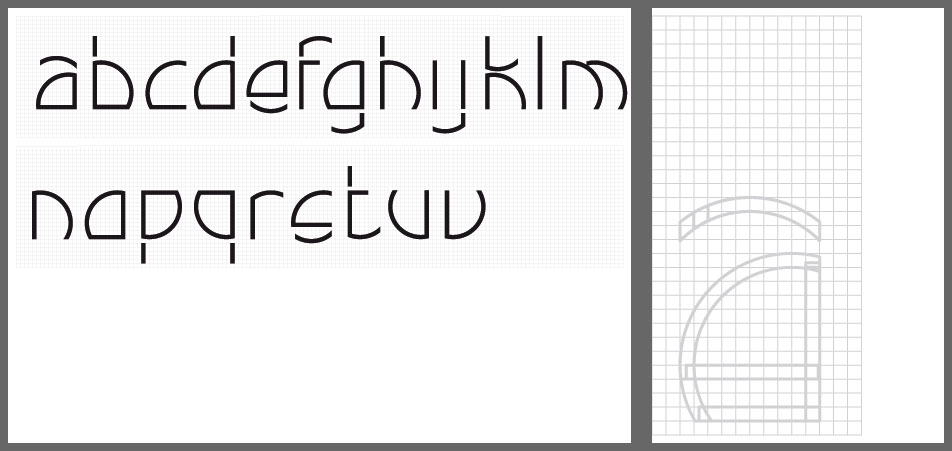
Advertising for the "Renault Megane 2003": type - development
I tried to develop a characteristic type for the posters that would rather reflect the cars shape than be best legible
-
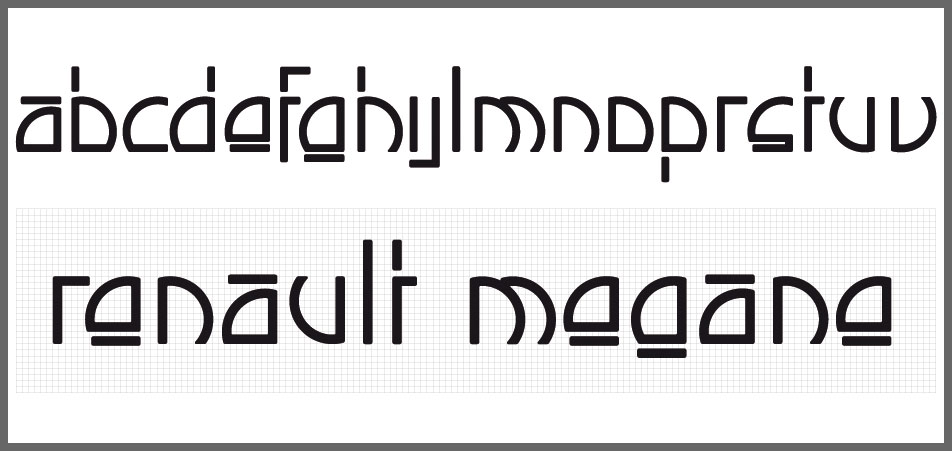
-
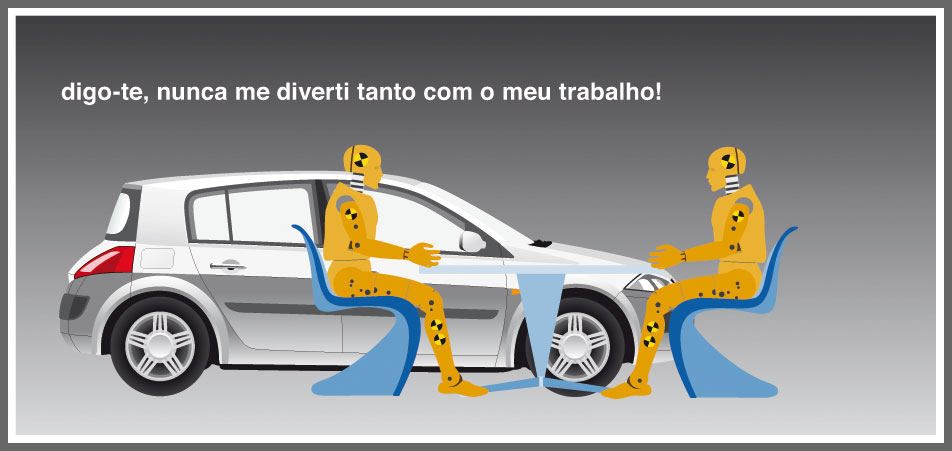
Advertising for the "Renault Megane 2003": poster 1
The dummy is telling the other "he's never had so much fun doing his job".
-
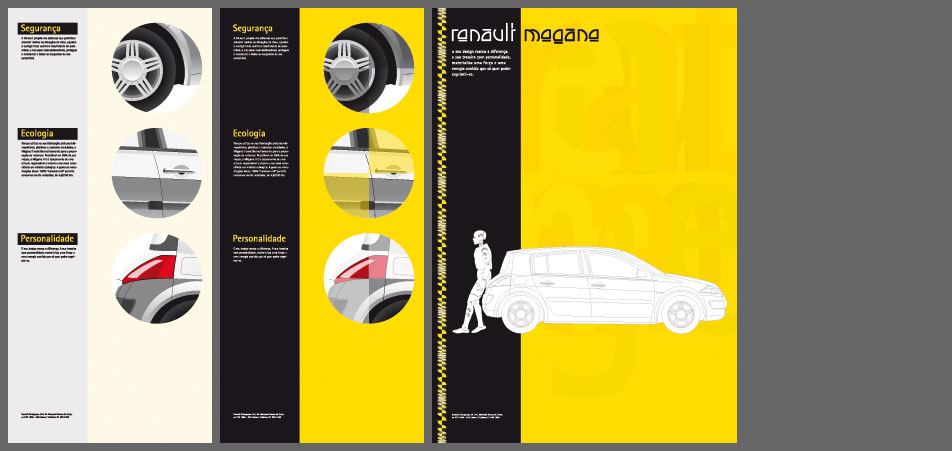
Advertising for the "Renault Megane 2003": poster 2
Another poster approaches
-
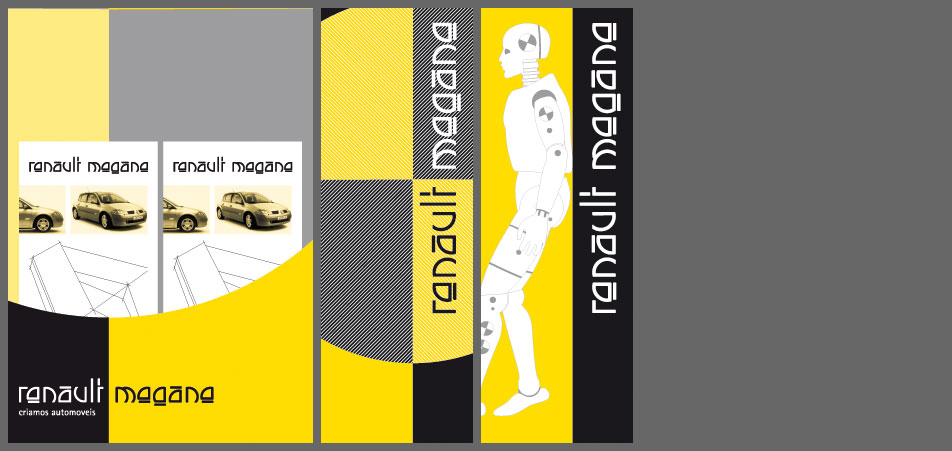
Advertising for the "Renault Megane 2003": flyerholder and banners
I tried to keep all the elements in line which emphasize the security of the car.
-
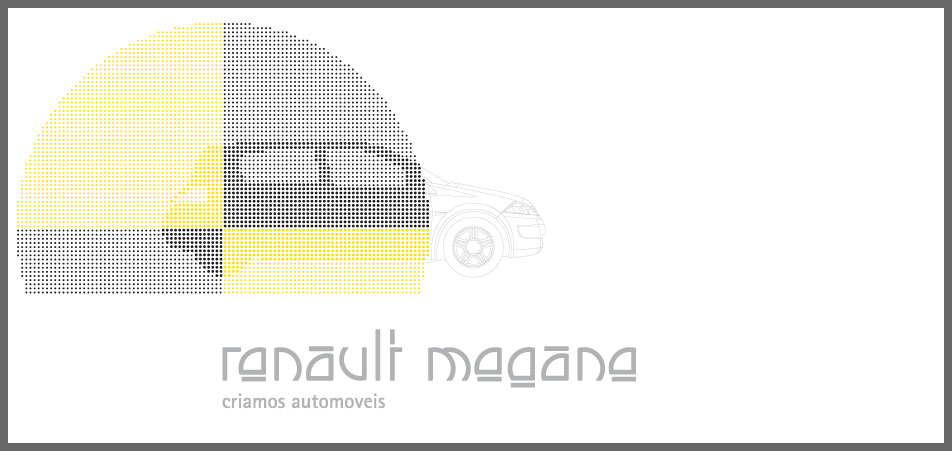
Advertising for the "Renault Megane 2003": glas labelling for display windows
For example to use on car dealership showcases
-
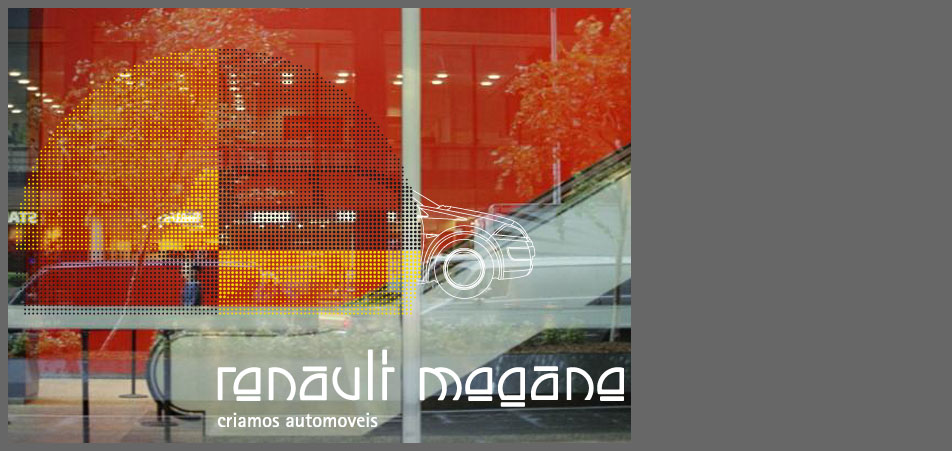
Advertising for the "Renault Megane 2003": glas labelling for display windows
Inserted example
-
Braille on the Label
Why shouldn't you put the braille on foodstuff? In that time braille was only used for medicaments. Well, blind people also would like to drink some wine and wine is told to be a medicine too, at least in moderate amounts :)
-
Label: First Attempt
The task was to develop a bottle-label and a carton for a white and a red portugues wine.
I chose the already existant portugues wine brand 'Monsaraz' and decided to develop a redesign which would accent the wine as a fresh, young and light wine using appropriate color coding.
The example shown here shows rather the chosen red and green colors and the typographic choice and arrangement than a sophisticated design. The fonts used are 'Times New Roman' and 'Akzidenz Grotesk'. Two fonts that in my opinion balance well both aspects: classic and modern.
-
Label: Developing the Ornament
Since I wanted a fresh and light design my intention was to use a lot of white space and some kind of modern ornament.
Applying some basic transformation rules from my basic studies...
-
Label: Developing the Ornament
...and combining them into a permutation, eventually I got this pattern which should represent an abstraction of wine grapes and which works pretty well as a 'modern' ornament.
-
Label: Second Attempt
Here you can see the pattern applied to the label and typography.
Well, of course the problem might occur that the grapes could be interpreted as sparkling or something else and beside the blind people someone could recognize it as champagne or sparkling wine :)
-
Label: Final Attempt
Here you can see the last arrangement with the ornament not disturbing the legibility of the label.
-
'Red' Label: On Bottle Rendering
In General there are two classic methods for lighting glass: on black and on white background. What we need to define if we want to make the glass look good are the edges. Here with white background the edges are dark.
(Producing credible water drops in a 3d application is a hard task and I think I will have to venture on this one in the future at least another one time.)
-
'White' Label: On Bottle Rendering
With black background we have to make the edges look white. It is all about knowledge from classic photography which teaches one how to achieve that.
| graphic | Project exchange semester postugal projects |
Metadata | |||||||||
|---|---|---|---|---|---|---|---|---|---|---|---|
| Date | 2003|03 - 2003|08 | ||||||||||
| Size | 40kb | ||||||||||
Content print projects from portugal: |
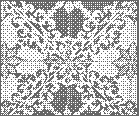 |
Duration | 3 months | ||||||||
| Media | |||||||||||
| Applications used | |||||||||||
| Freehand | |||||||||||
| contact me! | H | ||||||
|---|---|---|---|---|---|---|---|
| H | |||||||
| H | |||||||
| Address | |||||||
| Name | Klaudiusz Szatanik | ||||||
| Street | Ulmer Strasse 48 | ||||||
| City | 73066 Uhingen | ||||||
| Fon | 0173 3030301 | ||||||
| racl@klaudiusz.de | |||||||


